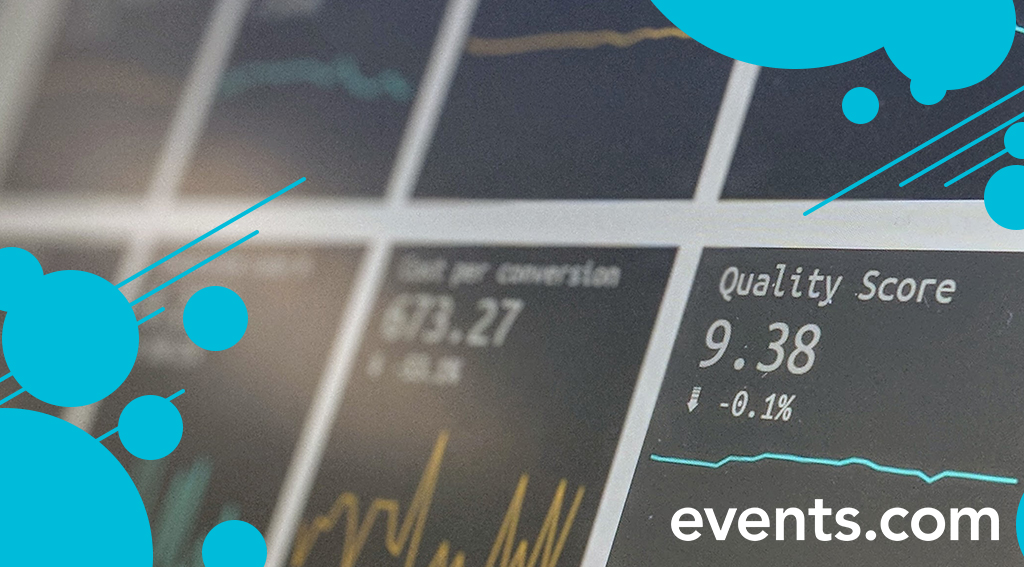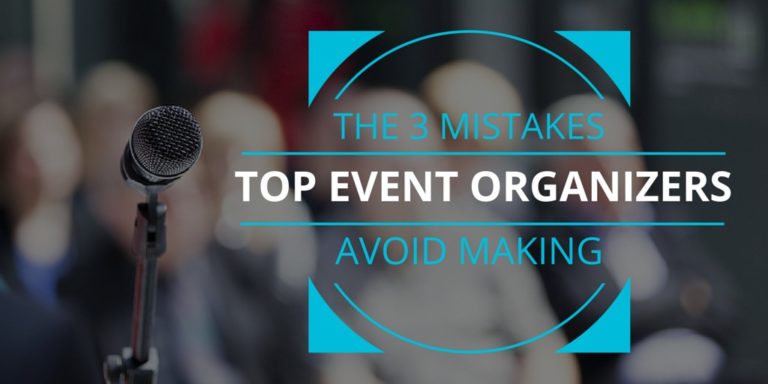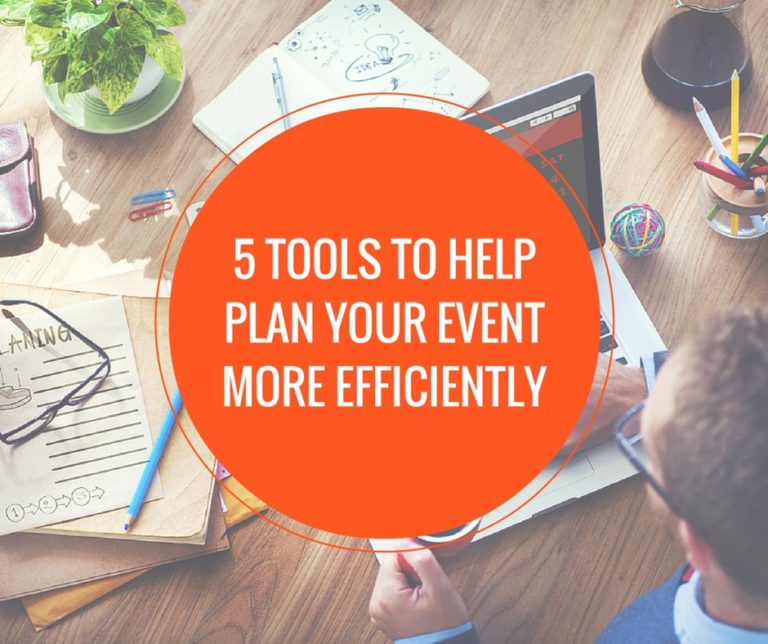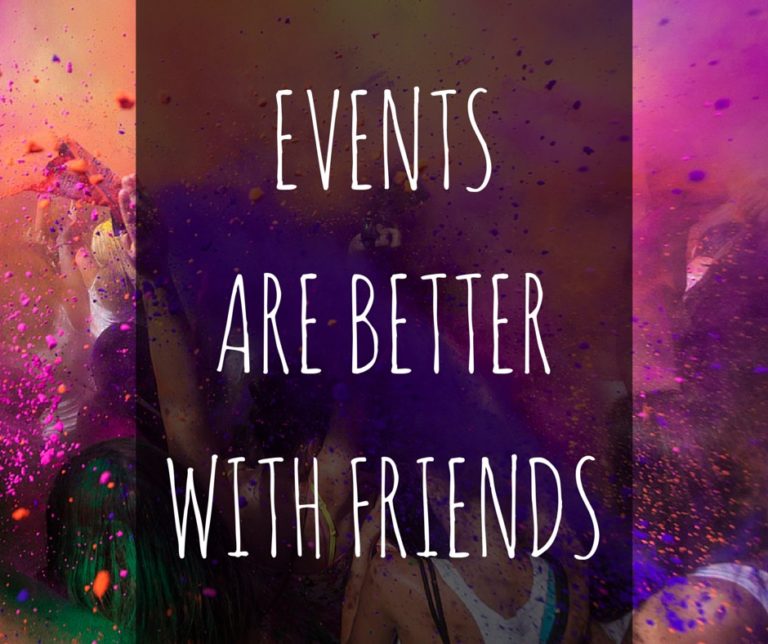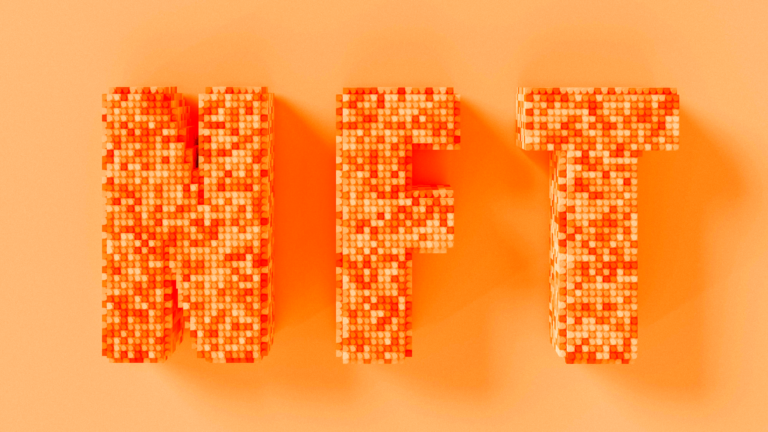Planning an event is no easy task. But what may be even more challenging is garnering high levels of engagement from attendees. Crowdshaping may be a solution. “Crowdshaping” can help you collect and leverage data to create a tailored event for your guests.
This article will explore what crowdshaping is, how to address concerns about it, and how it can be used to collect and apply data to boost event engagement.
What Is Crowdshaping Technology?
Crowdshaping is a powerful approach that uses data to create and adjust an event or experience. The technology uses machine learning to find the linear function between crowdsourced verbal descriptions of a human body and its 3D shape. This has practical applications for the future of gaming, shopping, virtual reality, and health.
Previously, 3D human avatars weren’t used widely due to the strong constraints of tailoring measurements, scanners, and cameras to create them. However, using the linguistic descriptions of a 3D shape is fairly accurate and provides the same results as a scanner. The success of using these linguistic ratings has widened the application of crowdshaping technology even more, making it useful for processes such as database search visualization and creating avatars from books.
While this technology is clearly remarkable, what is the goal of crowdshaping in relation to event management? Well, it’s a process crowdshaping can now make seamless. The goal of crowdshaping in this context is to use data to create a great experience for event attendees.
Crowdshaping for event management involves the collection of real-time big data that captures insights about event-goer behavior. Algorithms then transform that data to help event planners create events that capture the specific needs and preferences of attendees. Crowdshaping allows you to create stronger relationships with your customers and provide the best experience possible.
How To Use Crowdshaping To Collect Data and Boost Engagement
Data is the fuel of crowdshaping. In order to collect the data you need for crowdshaping to boost engagement, there are a few things you can use.
Customer Surveys
One effective strategy to get the data you need in crowdshaping is to ask the crowd for ratings through customer surveys. You can ask participants to complete a brief survey after each part of an event, which can help you figure out in real time how the event is going. You’ll know immediately what aspects of an event are working and whether people are engaged rather than waiting until the event ends. You can then adjust what people don’t like right then and there.
The real-time usage of the data is powerful, though this type of data collection is nothing new.
Real-time Feedback and Comments
While surveys are a more structured way of getting the insights you need, you could also ask attendees to leave comments and feedback about an event in real time through phone apps or discussion boards. They can let you know through the app if they’re not enjoying it by commenting on anything, even if it’s as simple as a temperature issue or missing amenities. It gives you a chance to fix it quickly.
Wearable Technology Such as Wristbands and Badges
Wearable technology can be a powerful tool for collecting data for crowdshaping, like heart rate or body temperature, which translates into insights about the excitement levels of your attendees. If their heart rates are low when they should be excited, you’ve just collected insight that a part of your event is not working as intended.
Use Interactive Apps and Point Systems
Interactive apps can use gamification features to motivate participants to share their insights. For example, try using a point system in return for feedback. These tools can be highly effective in gathering the data you need for crowdshaping while making the process fun for your attendees.
Beacons To Keep Track of Traffic and Speed To Keep the Audience Happy
This data collection method can help you do things like tracking the speed and location of event transportation. Additionally, you can avoid common pain points like long lines by using beacons to monitor foot traffic at your event. These tools will help make the event as enjoyable as possible for your attendees.
Heat Mapping
You can use heat mapping to track where people congregate and the areas of your event most enticing to your attendees. Using this data in real time can also help you to determine if temperatures need to be altered in dense areas, if servers need to be moved, or if you need to alleviate bottlenecks for safety or comfort.
How To Negate Privacy Concerns From Customers
While crowdshaping can be a highly effective strategy for gathering valuable insights from customers, it’s important to take privacy concerns seriously and plan how to address them.
Be Sure To Include an Opt-out Option
When using crowdshaping for your events, it’s a good idea to include an opt-out option for attendees who may not want to participate. This respects their privacy and can help build trust and goodwill with your audience. Since one of the main goals of any event is to create positive emotions in the crowd, the last thing you want is for an attendee to be unhappy with how you run it.
Be as Transparent as Possible
Transparency is key when it comes to data sharing in crowdshaping. It’s important not to be secretive about how your attendees’ data is being used, who has access to it, and how it is being protected. Suppose you are as clear as possible about your data-sharing practices. In that case, you can help to alleviate concerns or hesitations that attendees may have and create a more positive experience for everyone involved.
How Crowdshaping Helps Event Planners Improve Events Using Data
Event planners are often eager to discover new ways to improve attendee experiences and boost satisfaction and engagement, and crowdshaping can provide a powerful tool for achieving these goals.
Makes It Easier to Track Attendance Using Accurate Reports
Crowdshaping can help you keep up with attendance at your events. Check-in devices or self-scanning stations can give you accurate reports about attendance at events so that you’re not using valuable staff resources for manual check-ins.
Use Data-Driven Results to Improve Your Marketing Efforts
By leveraging your data, you can make more informed marketing decisions to continually draw large crowds for your event through advertising. One crowdshaping example would be to review attendance data to determine which events, speakers, or guests draw out the largest crowds and use that insight to market your next event.
Can Tell Who Stays at the Event for Certain Amounts of Time
Crowdshaping data can also help you determine who stayed at your event for a long time or left early. You can follow up with those attendees to ask if there was a specific reason they left early and what you could have done differently, which will help inform decisions for your next event.
Gives You a Clear Idea of Who to Target To Reach Out to for Feedback
The data you’ve collected can help you better understand who else you may want to ask for feedback. For example, you can attribute positive ratings to the correct attendees using your data. You can then ask them to provide feedback on what they were most impressed by, which can be incredibly valuable information for your next event.
Better Plan Future Events So It Resonates More With Your Target Audience
Crowdshaping is a powerful tool for event planning because it allows you to collect insights and opinions from a wide range of people in your target audience. By gathering this data, you can identify trends and preferences, understand what works and what doesn’t, and use that knowledge to make decisions that resonate more effectively with your target audience. This can lead to greater satisfaction, participation, and overall success.
Help Establish Strong Relationships With Your Vendors for Upcoming Events
Sharing the knowledge you’ve built up about your event with your vendors can help them understand their part in the success of your event or what they could change about their products. This can make your working relationship much stronger, as you both can use your data to understand what each of you can do better for upcoming events.
Event Software Lets Event Managers Improve Their Event Engagement
Creating and managing a spectacular event can be incredibly stressful, but it doesn’t have to be. With Events.com’s event management software, you can make the journey much more enjoyable for you and your attendees. The software allows you to build landing pages, track ticket sales, and even integrate with tools for crowdshaping, like Google Analytics, to turn data into insights about attendee behavior. Request a free demo to see how Events.com can make your event management and data collection effortless.
